The two-day invitation-only event highlighted initiatives in fields including 3D, visual effects, audience response measurement and piracy deterrence.
Executives from worldwide media and entertainment technology group Technicolor this week introduced a number of the company’s latest initiatives - a few already in use, most still in development - to industry professionals during the Technicolor Technology Days showcase in Los Angeles.
The two-day invitation-only event - staged in Hollywood alongside the annual conference of the Society of Motion Picture and Television Engineers - highlighted initiatives in fields including 3D, visual effects, audience response measurement and piracy deterrence.
The showcase is part of Technicolor’s effort “to make sure we stay close to the customers and get direct feedback from them on the technologies,” said Franck Lamouroux, SVP of Technicolor’s centralised research and innovation division, which has research centres in France (site of the group’s worldwide headquarters), Germany, the US and China.
Industry professionals, Lamouroux added, “are always very impressed and eager to share their feelings about the demonstrations.”
One highlighted project uses commercially available biological sensors - in the form of small palm monitors - to gather and analyse information about the scene-by-scene physiological responses of individuals or audiences to films, commercials and other content.
The technology, which might be used to augment results from conventional test screenings or focus groups, was recently tried out on screenings of three films - Now is Good, Life in a Day and I, Anna - at the Dinard festival of British films.
In the visual effects field, Technicolor showed technology - parts of which are already being employed by the group’s MPC division - that can be used to radically reduce the processing power required to render scenes containing thousands of buildings and trees.
Also demonstrated was a new approach for the rendering or pre-visualisation of scenes including complex substances such as cloud, smoke or dust.
For broadcasters and post-production experts, Technicolor demonstrated its Certifi3D Live system, which analyses 3D footage or camera feeds to make sure content is ‘depth legal’ and can be viewed without causing the audience discomfort. The offline version of the system has been in use for around eighteen months - most recently on Canadian animated adventure Sarila - and the live version is currently being tested.
Producing good 3D content “requires real professionalism in how you move and play with the depth,” said Lamouroux. “This is the main challenge that we are facing now.”
Other demonstrations covered technology allowing consumers to retrieve movie plot summaries and other information by capturing a single frame of the film with a mobile device; an algorithm that can automatically classify movies according to mood; and Technicolor’s Content Armor solution for protecting content during post-production while still allowing full creative control.

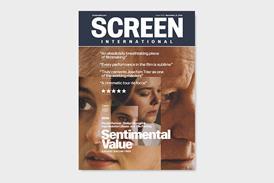
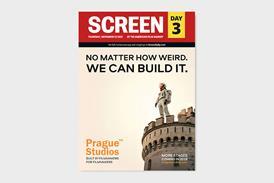
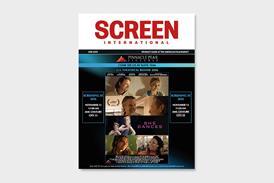



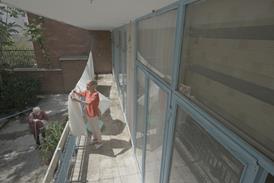
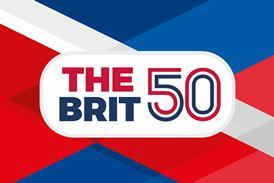

![[Clockwise from top left]: 'The Voice Of Hind Rajab', 'A House Of Dynamite', 'Jay Kelly', 'After The Hunt', 'The Smashing Machine'](https://d1nslcd7m2225b.cloudfront.net/Pictures/274x183/1/7/0/1459170_veniceawards_837515.jpg)














No comments yet